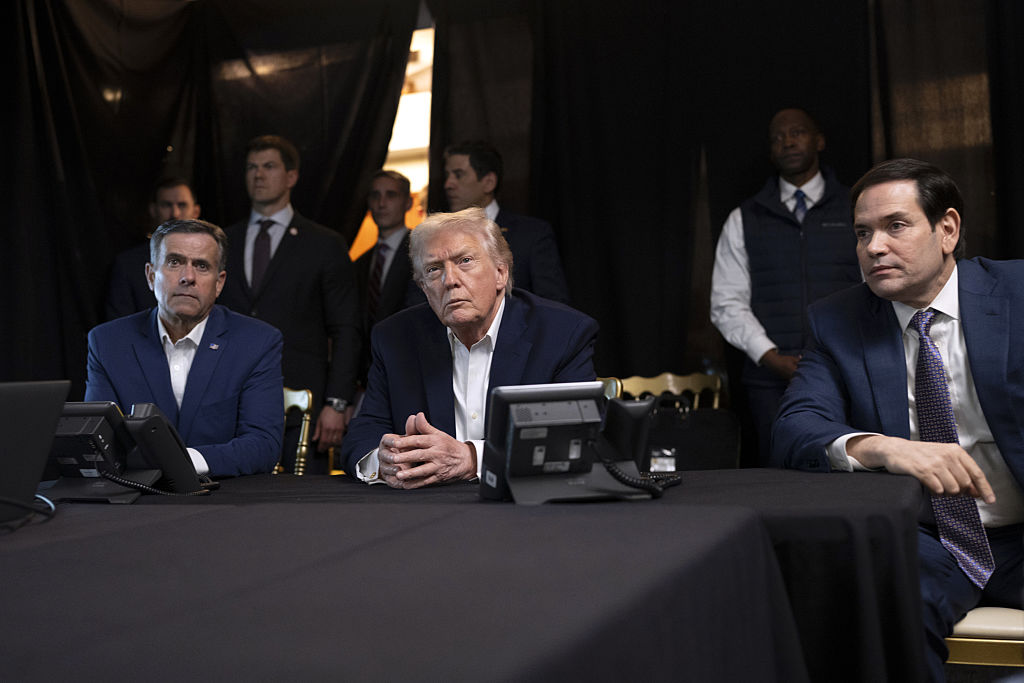America’s infrastructure: can it take the strain?
US infrastructure is buckling under the strain of overuse and underinvestment. Tired of waiting for central funding, some states are taking matters into their own hands. We pick two stocks set to benefit from their business.
"Bridges are big, dumb pieces of steel and concrete", which no one pays much attention to, says Matthew Wald in The New York Times. So when the eight-lane 35W bridge in Minnesota collapsed into the Mississippi river this summer, claiming the lives of 13 school children, it was a complete surprise, and still "no one is sure why it happened".
To find out, the local authorities have commissioned a group of engineers to travel the state, testing local bridges for flaws. "We are making the bridges smart," one told The New York Times, as they fitted one bridge with 60 sensors to monitor movement, strain and temperature.
One thing is certain: Minnesota isn't the only area with problems. Of the 756 steel deck-truss bridges spanning US waterways (like the 35W), at least 80 are in the same state of disrepair, says the US Department of Transportation.
MoneyWeek
Subscribe to MoneyWeek today and get your first six magazine issues absolutely FREE

Sign up to Money Morning
Don't miss the latest investment and personal finances news, market analysis, plus money-saving tips with our free twice-daily newsletter
Don't miss the latest investment and personal finances news, market analysis, plus money-saving tips with our free twice-daily newsletter
In fact, the government has been so lax in investing in infrastructure that nearly 15% of the National Highway System's (NHS) bridges are now considered functionally obsolete. With the number of cars and trucks on the roads growing from 65 million to 246 million in the 50 years since the highway system was built, America's bridges are showing their age.
And it's not just the bridges. In July in New York, one of the city's ancient water pipes burst, sending a jet of steam as high as the Chrysler Building.
But the US government has been reluctant to deal with the problem. The chief source of funding for road and bridge repair taxing gasoline has dwindled away. The government has left the tax at 18.4 cents a gallon since 1993, while building materials costs have taken off. Because gasoline taxes are levied by volume rather than price, revenues have not risen even as the price of petrol has soared. The highway trust fund had a balance of $23bn in 2000, notes John Schoen for MSNBC; by last year it had shrunk to £6bn. By 2010, it will be $8.1bn in the red.
The good news for the American public and for infrastructure firms is that several states aren't prepared to wait for the central government to take action. California, which has seen a series of incidents with big trucks being sucked down through sinkholes on its coastal roads, has set aside $20bn in transportation bonds to repair its infrastructure. And governors in Arkansas ($80m), New Mexico ($200m) and Texas ($700m) have followed suit. Nationwide, bridge builders are seeing the municipal projects rolling in. Indiana last year signed a $3.85bn, 75-year lease with private investors to maintain the state turnpike. And two years ago, Chicago signed an $830m lease to privatise its Skyway commuter bridge. "The need, the money and the political will to take action are all in place right now," Jim Trozze of research firm Coppell Financial told Fortune magazine.
But with the American society of Civil Engineers (ASCE) warning that it will take more than $1.6trn over the next five years simply to bring the country up to scratch, US bridge builders (see below) have a lot of work to do. There is already a $32.1bn backlog for investing in NHS bridges, as Tim Lynch of the American Trucking Association told the US House of Representatives. And if any of the 80 creaking steel deck-truss bridges end up like the one in Minnesota, the House won't be able to ignore the rumbling beneath its feet any longer.
Two firms set to benefit from the building boom
One of the largest civil contractors in the US, Granite Construction (NYSE: GVA), will be one of the main beneficiaries of the bridge building spree, according to Katie Benner in Fortune magazine. Granite has a string of large bridge projects behind it, with a national presence, and on a forward p/e of 12.3 it trades at a significant discount to its peers in heavy construction. Granite Construction is also shielded from the downturn in the US property market because it specialises in roads, bridges and mass transit, rather than the housing sector. Earnings will jump an average 32% annually for the next three years, according to research firm Capital IQ.
One company that is especially well placed to benefit from America's ailing bridges is Insteel Industries (Nasdaq:IIIN), says Jim Nelson for Penny Sleuth. The $330m company produces the steel structures used to reinforce bridges, and it will have a lot of work on its books as the rebuilding process takes off nationwide, according to Nelson. Shares are valued on a forward p/e of 7.5, with a price-to-earnings growth ratio of 0.5, which looks very cheap. Better yet, only about 20% of Insteel's business is in the residential sector, says Nelson. "It's always nice to find a beauty like this when Wall Street forgets to look at what a company actually does."
Get the latest financial news, insights and expert analysis from our award-winning MoneyWeek team, to help you understand what really matters when it comes to your finances.
Eoin came to MoneyWeek in 2006 having graduated with a MLitt in economics from Trinity College, Dublin. He taught economic history for two years at Trinity, while researching a thesis on how herd behaviour destroys financial markets.
-
 Fund inflows hit a six-month high in November – where are investors putting their money?
Fund inflows hit a six-month high in November – where are investors putting their money?Investors returned to the financial markets amid the Autumn Budget in November 2025 but caution remains.
-
 MoneyWeek news quiz: which leader did Trump order US troops to capture?
MoneyWeek news quiz: which leader did Trump order US troops to capture?Quiz Donald Trump, soaring copper prices, and the cold weather all made headlines in the first full working week of 2026. How closely were you following the news?